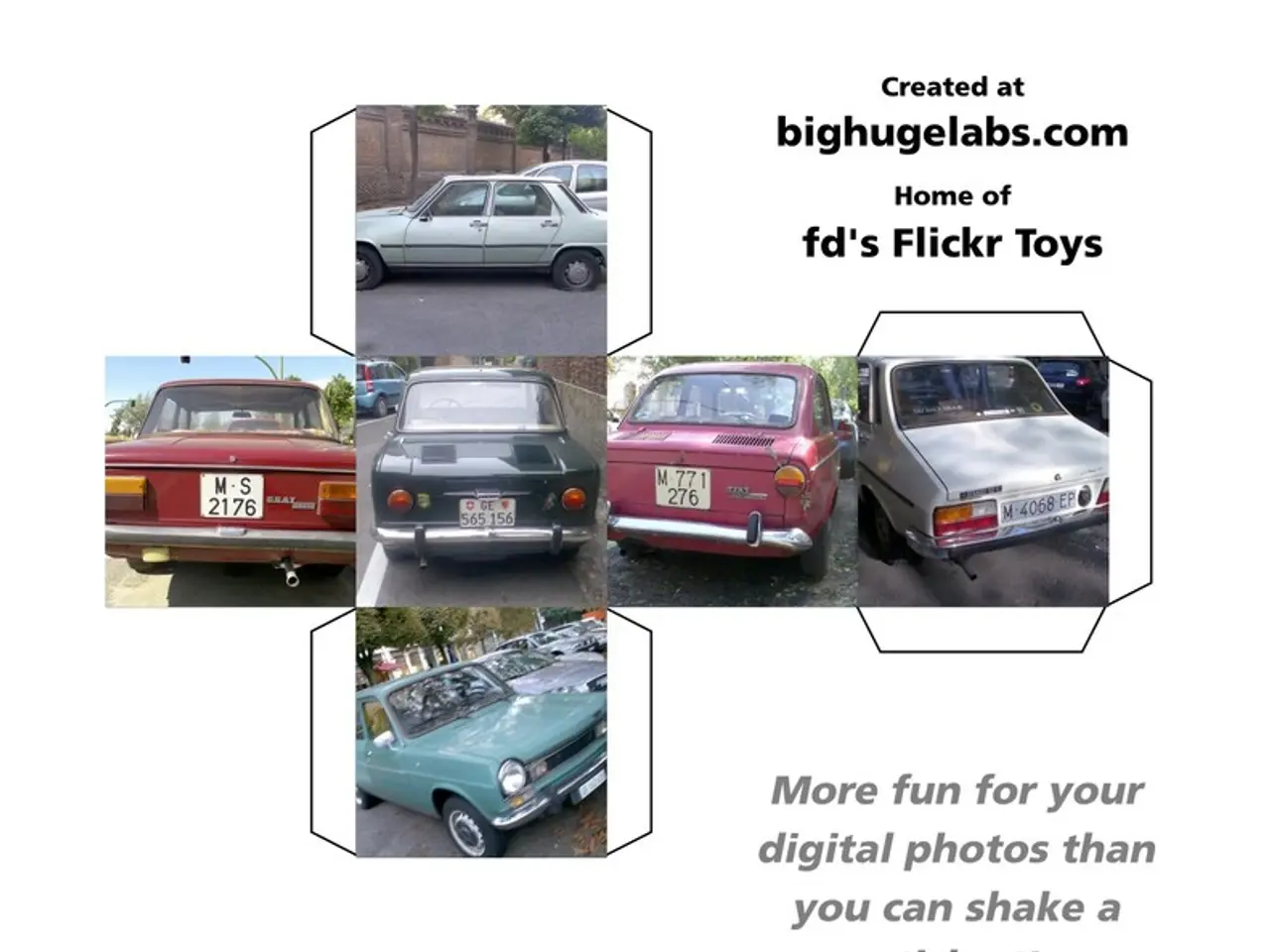Criteria for Secure Rollout of Autonomous Motor Vehicles by Waymo Examined
Waymo Publishes Methodology for Autonomous Driving Readiness Assessment
In a groundbreaking move, Waymo, the self-driving technology company, has published a paper detailing the acceptance criteria and governance structure for determining the readiness of its autonomous driving technology, the Waymo Driver, for deployment.
The paper aims to support government officials and the public in understanding the safety of autonomous driving systems. Waymo's methodology is designed to be flexible and adaptable to changing deployment environments, acknowledging that each new environment brings different risks and operational demands.
At the heart of Waymo's approach is a set of twelve criteria, spanning technical and operational areas, that help the company make a well-rounded, evidence-led judgement on deployment readiness. These criteria are used to evaluate the performance of the Waymo Driver under various conditions, ensuring it meets the benchmark of "absence of unreasonable risk."
The company's methodology includes a Safety Framework, Safety Case, and Safety Impact data. The Safety Framework outlines Waymo's principles, methods, and organizational responsibilities related to safety. The Safety Case evaluates how well the Safety Framework holds up under scrutiny, ensuring theoretical assumptions align with real-world performance. Safety Impact refers to the ongoing review of operational data after deployment, helping to validate the original safety assessment.
Waymo identifies and mitigates rare or high-risk scenarios before deployment, ensuring the safety of its autonomous vehicles in a variety of situations. The company's transparency about its process aims to help government officials and the public understand what 'safe enough' looks like for AV deployment.
The publication of Waymo's methodology also aims to foster industry-wide standards for AV safety assessment. As of now, there is no universal approach to determining when an AV system is ready for deployment, and no single government agency or technical organization has yet developed a general standardized method. Regulatory frameworks in places like Germany define legal conditions and operational domains but do not prescribe a unified technical readiness assessment method.
By publishing its methodology, Waymo hopes its internal criteria will serve as a practical reference point for others in the field, including regulators and policy-makers. The company's approach advances the conversation on how companies can credibly assess and demonstrate the safety of autonomous driving systems.
The Waymo Driver undergoes continuous refinement and testing, and the company's readiness assessment process is designed to adapt accordingly. Waymo's publication of its methodology aims to contribute to the development of AV safety assessment standards, promoting a safer future for autonomous vehicles.







